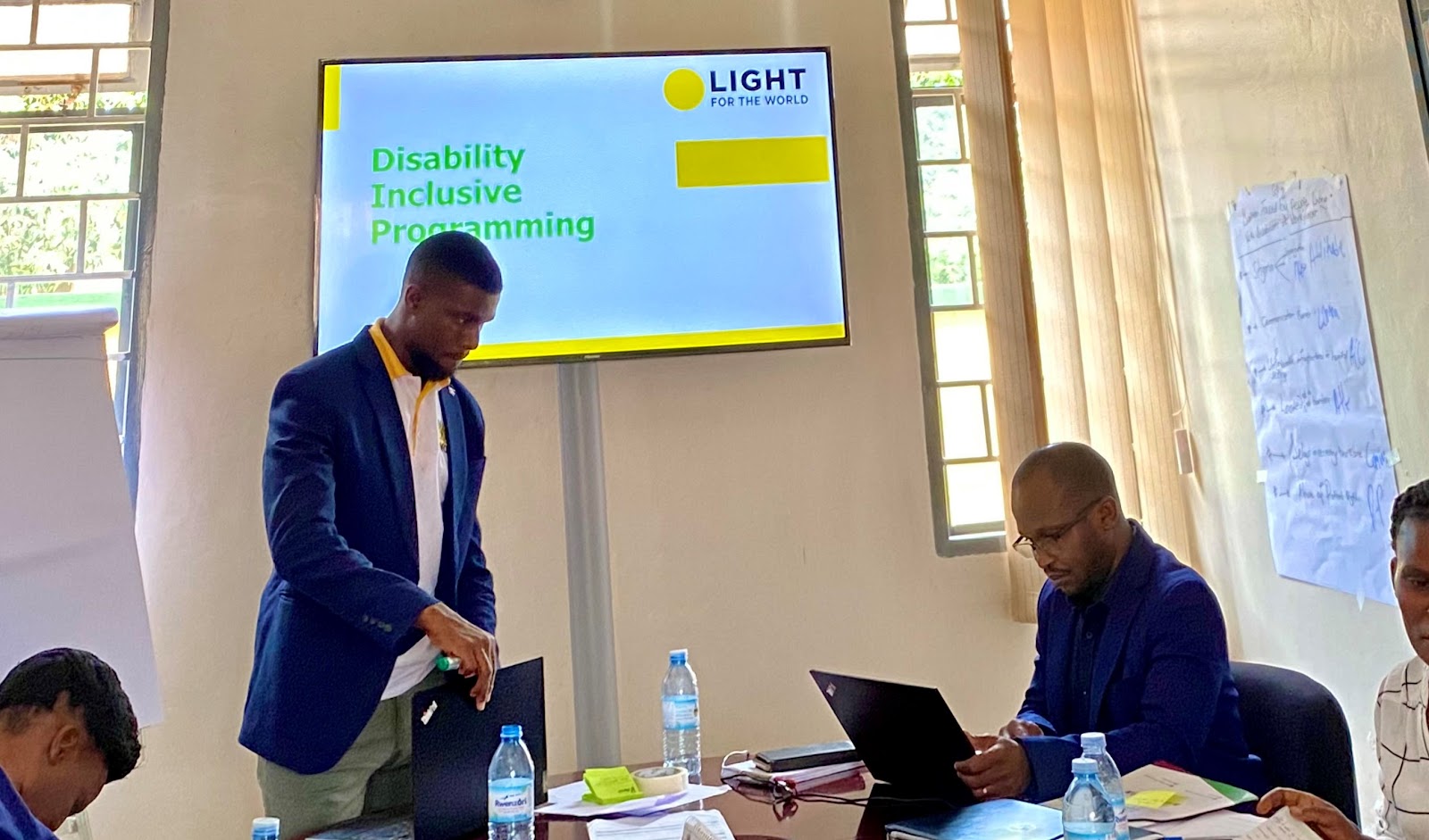The Stark Reality Bridging the Financial Inclusion Gap for Persons with Disabilities
The financial exclusion of persons with disabilities (PWDs) is a pressing issue, exacerbating poverty and hindering economic growth in East Africa. According to World Bank (2019). "Disability Inclusion Overview" global discourse often highlighting the importance of financial inclusion, but the reality on the ground tells a different story. PWDs in the global south face numerous barriers, including inaccessible banking services, lack of assistive technologies, and pervasive societal stigma .
In many
countries, banking infrastructures are often not designed to accommodate
individuals with physical disabilities. Financial institutions seldom invest in
technologies that would make banking more accessible, such as ATMs with audio
instructions for the visually impaired. Consequently, many PWDs are left
without basic financial services, trapped in a cycle of poverty and exclusion.
A
Specialist’s Perspective
As a disability
inclusion specialist from Uganda, I have witnessed these challenges firsthand.
My professional journey has been both enlightening and challenging, revealing
the systemic failures that hinder financial empowerment for PWDs. Engaging with
PWDs across various contexts, I have heard countless stories of struggle and
resilience, and observed the disheartening gap between policy and practice.
My position
within this field has afforded me a unique vantage point. It has become evident
that despite the existence of inclusive policies, the implementation is often
lackluster. For example, while Kenya’s Disability Act represents progress on
paper, its enforcement is weak, leaving many PWDs without access to essential
services. Similarly, Uganda’s National Policy on Disability includes financial
inclusion as a goal, but actionable steps are missing, resulting in minimal
impact on the ground. In contrast, Rwanda has made notable strides with its
inclusive policies, demonstrating that with strong political will and
accountability, significant progress can be achieved.
Policy and
Practice Disconnect
There is a
glaring disconnect between policy formulation and implementation. Many East
African nations have policies intended to promote financial inclusion for PWDs,
yet these policies often fail to translate into practice. A significant reason
for this failure is the lack of a robust framework for monitoring and
evaluating the impact of these policies.
For example,
while Uganda’s National Policy on Disability highlights financial inclusion,
the lack of concrete, actionable steps means that many PWDs remain underserved.
Banks and other financial institutions are not held accountable for failing to
provide accessible services, perpetuating a cycle of exclusion.
The Role of
Technology and Education
The potential of
technology and financial education to enhance inclusion is immense but
underutilized. Information and Communication Technology (ICT) can play a
transformative role in making financial services more accessible. However, in
East Africa, the digital divide remains a significant hurdle. Many PWDs lack
access to the internet and necessary devices, and those who do often find that
available technologies are not tailored to their needs.
Financial
education is another critical area that is often overlooked. The Employment
Situation of People with Disabilities Report from the International Labour
Organization (ILO). (2021) indicated that many PWDs have not received
adequate training to manage their finances or understand the financial products
available to them. This lack of education perpetuates a cycle of exclusion and
poverty.
Recommendations
for Change
- Policy Enforcement: Governments must ensure that policies promoting financial inclusion for PWDs are not only enacted but also rigorously enforced. This includes setting up regulatory bodies to monitor compliance and hold financial institutions accountable.
- Infrastructure Development: Banks and financial service providers need to invest in
accessible infrastructure. This includes physical accessibility in bank
branches and the development of assistive technologies that cater to
various disabilities.
- Digital Inclusion: Bridging the digital divide is crucial. Governments and
private sector stakeholders should collaborate to provide affordable
internet access and digital devices to PWDs. Additionally, digital
literacy programs tailored to the needs of PWDs should be developed and
implemented.
- Financial Education: Comprehensive financial education programs are essential.
These programs should be designed to be accessible to all PWDs, taking
into account various disabilities and providing practical knowledge on
managing personal finances and utilizing financial services.
- Multi-Stakeholder Collaboration: Achieving financial inclusion requires a concerted effort from all sectors. Governments, financial institutions, non-governmental organizations, and the private sector must work together to create an inclusive financial ecosystem.
Global Disability Inclusion Specialist
Godfrey Nanyenya




Comments
Post a Comment